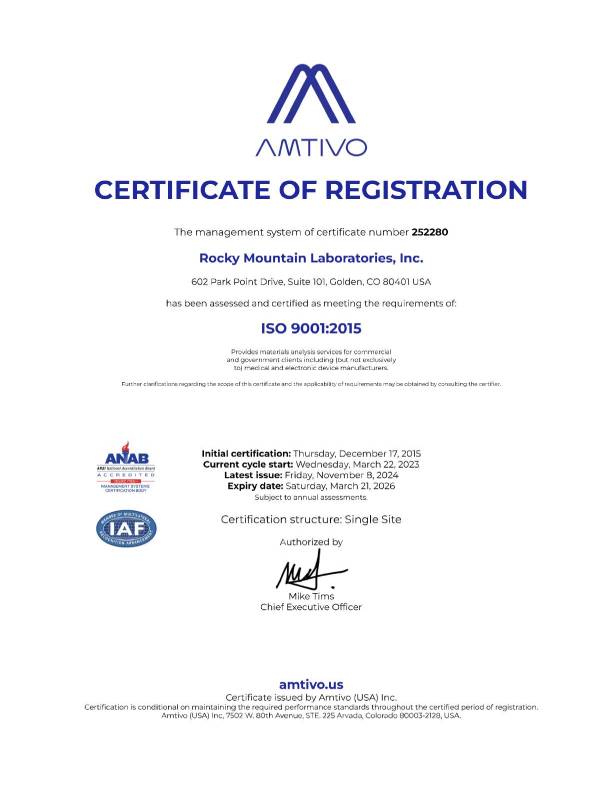FTIR (Fourier-Transform Infrared) spectroscopy and CD (Circular Dichroism) spectroscopy are two different techniques used to study the properties of molecules, particularly in the context of analyzing the structure and conformation of biomolecules like proteins and nucleic acids. Here are the key differences between FTIR and CD spectroscopy:
Information Obtained:
- FTIR Spectroscopy: FTIR spectroscopy measures the absorption of infrared radiation by molecules. It provides information about the vibrational and rotational modes of chemical bonds within a molecule. This technique is particularly useful for determining the functional groups present in a molecule and can be used to study the secondary structure of proteins (e.g., alpha-helices, beta-sheets) and other molecular features.
- CD Spectroscopy: CD spectroscopy measures the difference in absorbance of left- and right-circularly polarized light by chiral molecules. It provides information about the chirality and secondary structure of molecules, making it especially valuable for studying the secondary structure of proteins and nucleic acids. CD spectroscopy can reveal information about protein folding, protein-ligand interactions, and changes in secondary structure over time.
Principle of Measurement:
- FTIR Spectroscopy: FTIR measures the absorbance of infrared light over a range of frequencies. The spectrum obtained provides information about the specific vibrations and rotations occurring within the sample. It is a non-chiral technique and does not directly measure chirality or optical activity.
- CD Spectroscopy: CD spectroscopy measures the difference in absorbance between left- and right-circularly polarized light. Chiral molecules, such as amino acids in proteins and nucleotide bases in DNA/RNA, exhibit CD activity when they interact with circularly polarized light. The CD spectrum can reveal information about the molecule’s handedness (enantiomer) and its secondary structure.
Sample Types:
- FTIR Spectroscopy: FTIR can be used to analyze a wide range of samples, including liquids, gases, and solids. It is not specific to chiral molecules and can be applied to a broad spectrum of chemical compounds.
- CD Spectroscopy: CD spectroscopy is primarily used for the analysis of chiral molecules, such as proteins, nucleic acids, and chiral small molecules. It is highly specific to the chirality of the sample and is often used in the structural characterization of biomolecules.
Instrumentation:
- FTIR Spectroscopy: FTIR instruments use interferometers to measure the absorption of infrared radiation by a sample. They typically cover a broad range of IR frequencies.
- CD Spectroscopy: CD spectrometers are specialized instruments equipped with a polarizer, sample cell, and detector to measure the difference in absorbance between left- and right-circularly polarized light. They operate in the UV and visible light range.
FTIR and CD spectroscopy are distinct techniques with different principles and applications. FTIR provides information about the vibrational modes of molecules and is widely used for various types of chemical analysis. CD spectroscopy, on the other hand, is specific to chiral molecules and is commonly used for studying the secondary structure and chirality of biomolecules like proteins and nucleic acids. Researchers choose between these techniques based on their specific research questions and the nature of the samples they are studying.



